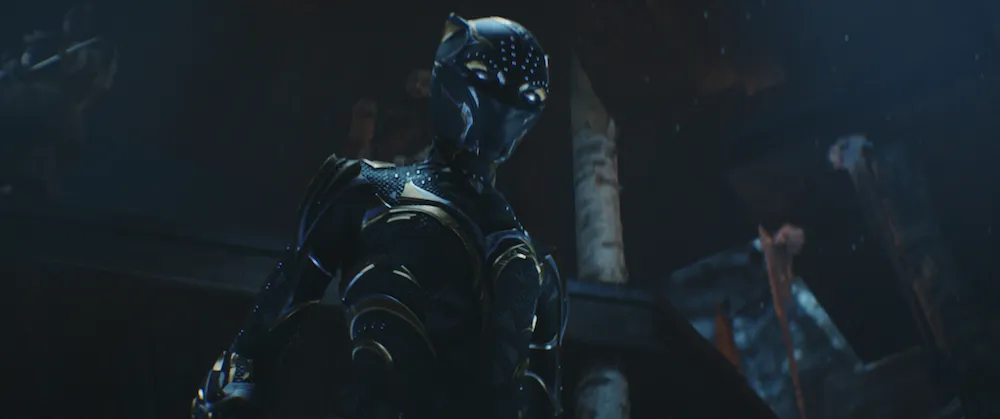Samus Aran has been on the sidelines at Nintendo for far too long. The heroine of the famed Metroid series has sat out a full console generation with the Wii U, and has never graced the 3DS family of handhelds (not in her own original adventure — we are very well aware of Super Smash Bros.). Fans of the iconic character and franchise have waited patiently for a new game, and each E3 has come and gone with nary a word about Samus, Metroid, or new games. That all changed this past June when Nintendo announced the development of Metroid Prime 4 for the Switch, and the late summer release of Metroid: Samus Returns for the 3DS. Fans were overjoyed. Samus was indeed returning — and much sooner that anyone could have anticipated.
Samus Returns, Again
Metroid: Samus Returns is a remake of the classic original Game Boy game Metroid II: The Return of Samus. The adventure served as a direct sequel to the 1987 NES Metroid game, and established Samus Aran as the badass heroine that she is known as today. Metroid II expanded the world of Metroid by introducing so many concepts that fans have come to know and love. Developer MercurySteam, who revamped the Castlevania franchise with the sublime Castlevania: Lords of Shadow series on last gen consoles and a title on the 3DS, has completely remade Metroid II into a stellar gaming experience.
Metroid: Samus Returns keeps the base story intact, but it ups the ante in almost every other facet of the game. Samus has new abilities and weapons, and the new aeion energy gives her unique skills, like an area scan, a more powerful arm cannon, and strong lightning armor, which are tied to a aeion energy meter. Exploring is still a huge part of the experience, as Samus hunts down the 40 metroids hidden throughout the planet SR388, and each newly discovered Chozo statue gives her something new and exciting. SR388’s world opens up deeper and deeper with various elevators and warp points (new to this game), making it easier for Samus to go back to previous areas to collect items she may have missed.
A New Metroid
The metroids keep evolving, forcing Samus to grow stronger beside them to eventually face off with the Metroid Queen. Each evolution of the floating amoeba brain-like monsters gets tougher and tougher, and using various abilities to win the day is a must. Metroid: Samus Returns feels huge — much bigger than the original game, and on par with Super Metroid in terms of scope.
MercurySteam did an amazing job updating the graphics in Metroid: Samus Returns. The 3DS’s stereoscopic 3D adds some very welcome depth to the backgrounds, making each screen feel like a deep, fully functional room. Flora and fauna come to life on each screen, and using the pulse scan is a must to find all the hidden secrets in each area. Samus looks incredible rendered on the 3DS screen. Short, pseudo-animated cutscenes help to give the game a cinematic presentation.
She’s Got The Moves
Samus also has some new moves, like a 360 degree free aim range for shooting her arm cannon (with some incredible model rendering when she aims), a grapple beam, and she can grab onto and hang off ledges. The biggest change is the new parry/counter system. Samus can anticipate a melee attack and counter it with a press of the Y button. This stuns the enemy and allows Samus to rip into them with cannon blasts and missiles. This is imperative during metroid battles, and getting the timing down is a must for success. Switching between all of the new weapons and skills is done with the bottom touch screen, giving the player all of the power at their fingertips — literally.
The button mapping in Metroid: Samus Returns is intuitive and by the third of fourth metroid, I was manipulating Samus with relative ease, using combinations of the L and R buttons and Y to shoot both the cannon and missiles. The directional pad selects the aeion powers, and they are initiated with the B button. This is a far cry from the original two-buttons of the NES controller and the GameBoy.
The sound and music are both top notch, which is to be expected of a Metroid game. The music in the lava/fire areas is some of the best in the series, and the fast-paced songs played during metroid battles work to get the heart racing.
Save points and generous continues, especially during boss battles, save the player from too much tedious backtracking, keep the action and the drive focused on the task at hand. Samus was sent to SR388 to eradicate the metroids once and for all, not spend hours rolling across ceilings with the spider ball technique looking for missile upgrades. There is a great balance here, and it all comes together to create one incredible Metroid experience.
Amiibos For The Win
Metroid: Samus Returns comes with amiibo support, as well as a special two-pack featuring Samus (new sculpt) and an incredibly detailed Metroid (it’s squishy!). The amiibos unlock various tanks and missile upgrades, production art, and other incredible goodies, like playing the game again in Samus’ Fusion armor! Both Samus Aran amiibos from the Super Smash Bros. line also give the player upgrades. Sadly, no other amiibos offer any perks, just those from the Metroid universe.
MercurySteam did an amazing job with the littlest details, making Metroid: Samus Returns one of the best games in the franchise, remake or not. The amazing graphics and tight controls, coupled with an interesting story and plot make this a must play for Metroid fans new and old. If Metroid: Samus Returns is the first salvo in a new onslaught of Samus adventures, it truly hits the mark. The hard part now is waiting for Metroid Prime 4.
Metroid: Samus Returns is available now for the Nintendo 3DS family of systems. This review is based off a review copy provided by Nintendo.







